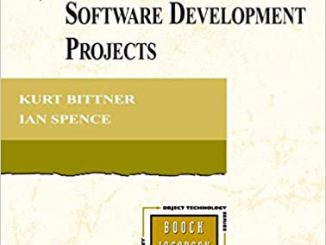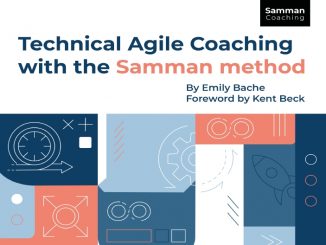Books on Scrum and Agile Project Management
At the beginning of his book “Kanban for Skeptics”, Nick Oostvogels writes “By listing the 5 most common arguments against Kanban and my response to them, I hope to help people in their Kanban journey and build great organizations that create amazing products.”
The book Executable Specifications with Scrum by Mario Cardinal starts with a strong statement: “This book aims to solve the recurring challenge encountered by many software development teams: They do not build the right software.” This is an ambitious goal, especially when you want to achieve it in a little bit more than 100 pages.
As agile software development approaches are more and more adopted in software development organizations, the title of this book from Kurt Bittner and Ian Spence seems to be right on the target. “Managing Iterative Software Development Projects” contains two major parts.
Now that Agile has established itself as the dominant new trend in software development, the number of books that deal with this topic is increasing every day. Besides the fact that Mike Cohn is a recognized expert in the area of agile project management, why should you buy “Succeeding with Agile” rather any other book published on the same topic?
“OKRs” is the acronym of “Objectives and Key Results.” This is a collaborative goal-setting tool used by teams and individuals to set goals with measurable results. In his book “Succeeding with OKRs in Agile”, Allan Kelly explains why he considers that “OKRs have the potential to reawaken the early ambition and drive inherent in agile. This time managers can join in too, not as obstacles to change, or change drivers, but as partners focused on the same outcomes for a greater purpose.”
If today many people equal Agile with Scrum, the Agile approach is also deeply rooted in software engineering practices, like pair programming or refactoring, promoted by the eXtreme Programming (XP) movement. In this book, Emily Bache presents the Samman Technical Coaching approach. It is a method for helping software development teams to become more agile and raise the quality of their work.
Although many might tend to limit the concept of agile requirements to “user stories”, this book by Dean Leffingwell reminds us that there could be more than just a post-it on an information radiator when we talk about Agile requirements. The title of one of the initial chapters is “The Big Picture of Agile Requirements” and this book provides it, together with the small details that can help you write better user stories.








